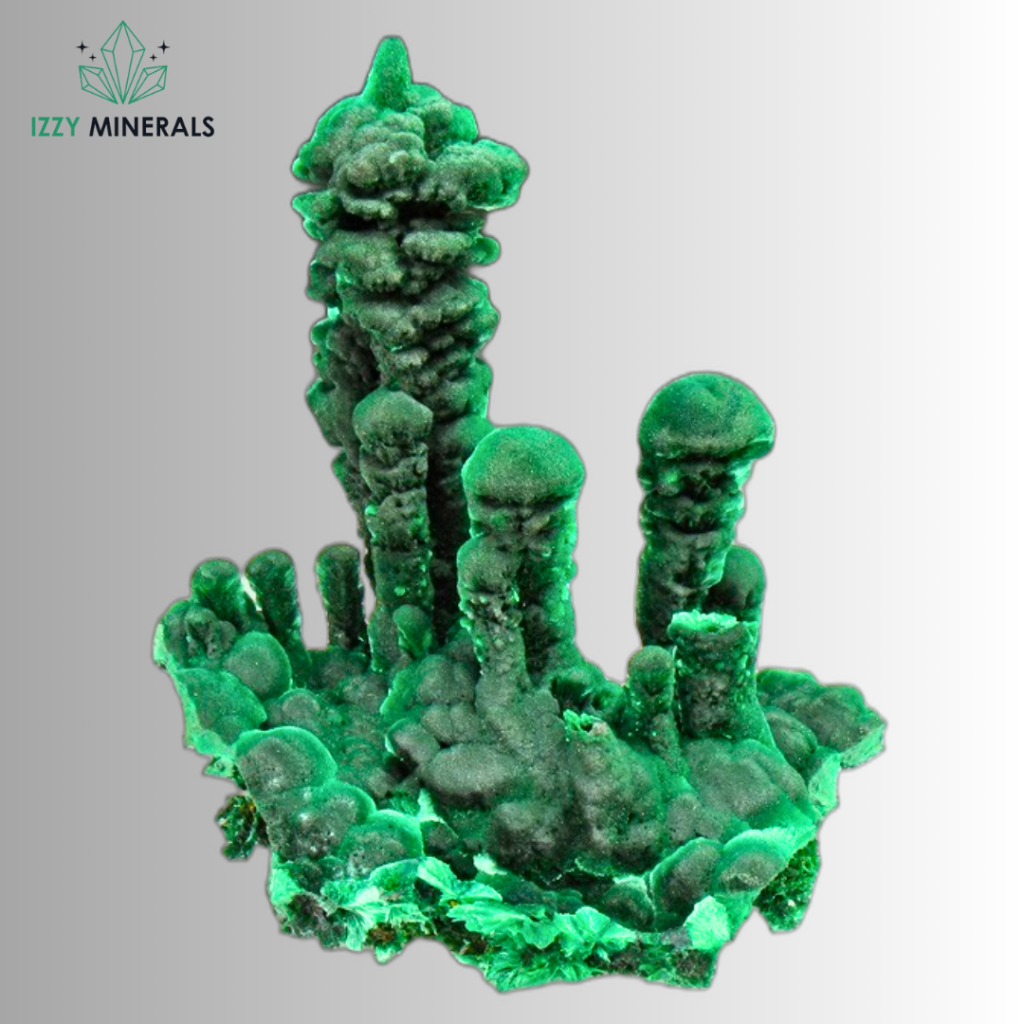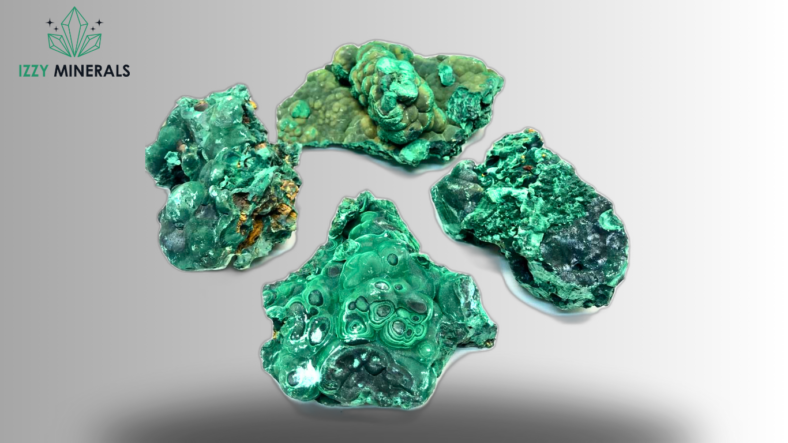Malachite, a vibrant green mineral, is known for its beauty and historical significance. However, concerns arise regarding its potential toxicity, particularly in water. In this article, we delve into the properties of malachite and explore whether it poses a threat when present in aquatic environments.

Brief Overview of Malachite
Malachite is a copper carbonate hydroxide mineral with the chemical formula Cu2CO3(OH)2. It is prized for its striking green color and has been used for ornamental purposes for centuries. In addition to its aesthetic appeal, malachite holds significance in various cultural and spiritual practices.
Properties of Malachite
Malachite is relatively soft, with a Mohs hardness of 3.5 to 4, making it susceptible to scratching. It forms in the upper oxidized portions of copper ore deposits and is commonly found in association with other copper minerals.
Potential Toxicity of Malachite
While malachite itself is not considered highly toxic, it contains copper, which can be harmful in high concentrations. Copper toxicity can adversely affect aquatic organisms, including fish and invertebrates, by disrupting their physiological processes and causing cellular damage.
Malachite in Water
When malachite enters water bodies, either through natural weathering processes or human activities such as mining and industrial runoff, it can release copper ions into the aquatic environment. Elevated copper levels can lead to water pollution and pose a threat to aquatic ecosystems.
Environmental Impact
The presence of malachite in water can have significant environmental consequences. Copper contamination can impair water quality, disrupt aquatic food chains, and harm sensitive species. Additionally, copper toxicity can persist in sediments and accumulate over time, posing long-term risks to ecosystem health.
FAQs
Is malachite safe to use in aquariums or fish tanks?
Malachite is not recommended for use in aquariums or fish tanks due to the potential toxicity of copper to aquatic organisms. It is advisable to choose alternative decorations and substrates that pose minimal risks to fish and other aquatic life.
How can copper contamination from malachite be remediated in water bodies?
Remediation strategies for copper contamination may include implementing erosion control measures, reducing industrial discharges, and treating contaminated water with filtration or chemical treatments. Restoration efforts may also involve restoring riparian vegetation and improving habitat conditions to support ecosystem recovery.
Are there regulations in place to limit copper pollution from malachite sources?
Various environmental regulations and guidelines govern the discharge of pollutants into water bodies, including copper from malachite sources. Compliance with these regulations helps minimize the impact of copper pollution on aquatic ecosystems and human health.
Conclusion
While malachite itself may not be directly poisonous in water, its presence can contribute to copper contamination and subsequent environmental hazards. It is essential to monitor and mitigate sources of copper pollution to protect aquatic ecosystems and minimize the impact on biodiversity.

